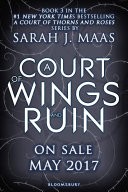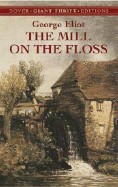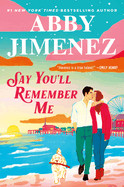I liked “The Ten Steps For Effective Disagreements.“ Especially step 4, which talks about using the principle of charity. This is a critical thinking idea that says you should assume the best possible interpretation of a person's argument. I like how this part of the chapter goes into detail about how the “looping technique“ (a repeating and editing technique for arguments) is a good way of practicing the principle of charity.














